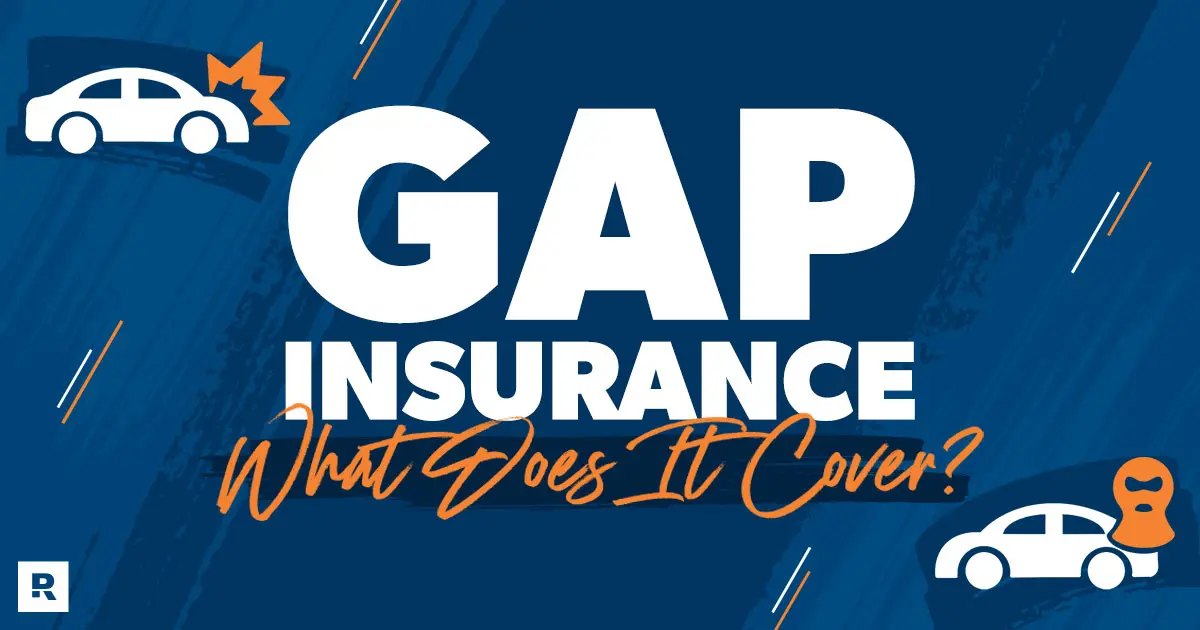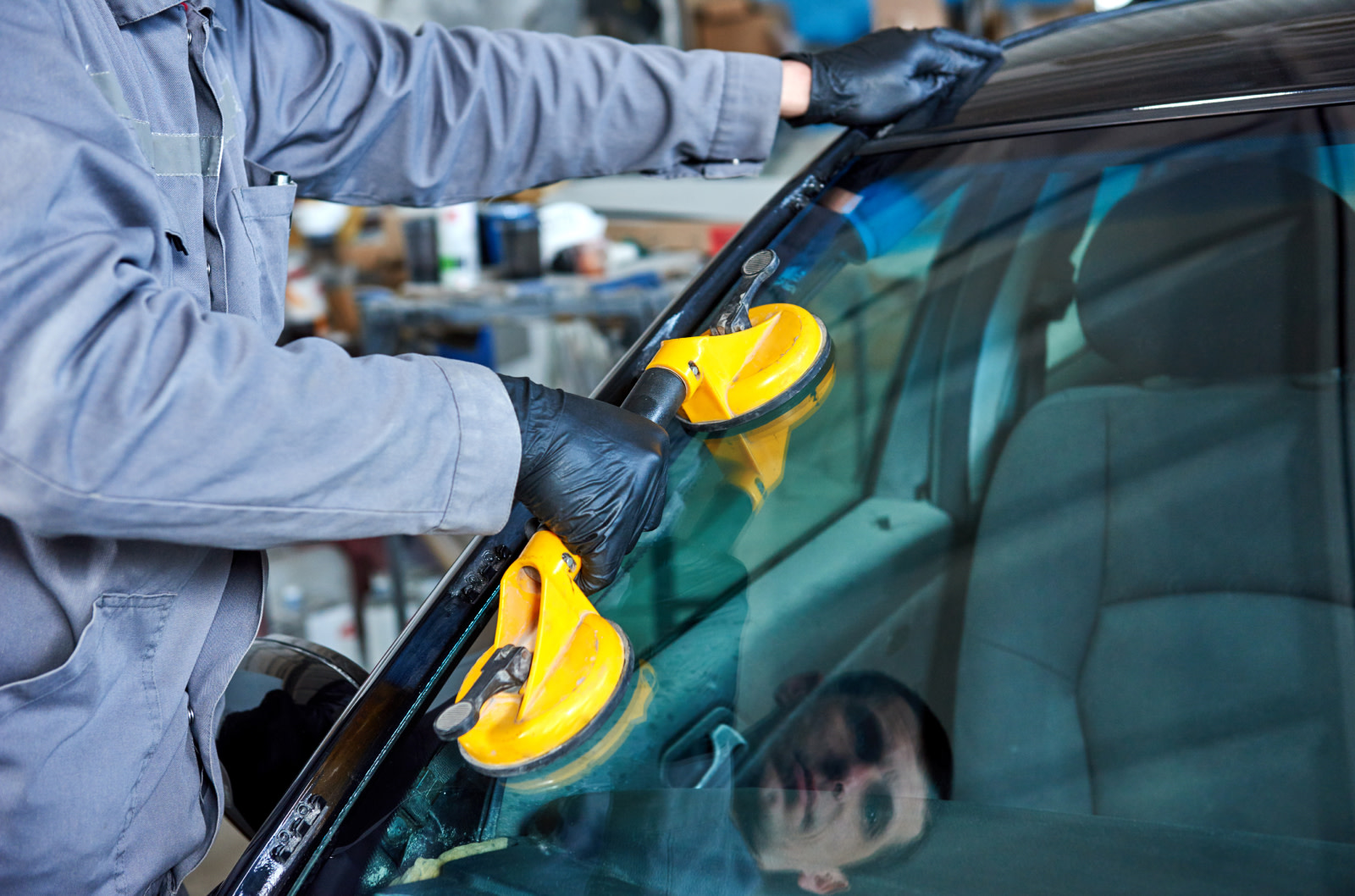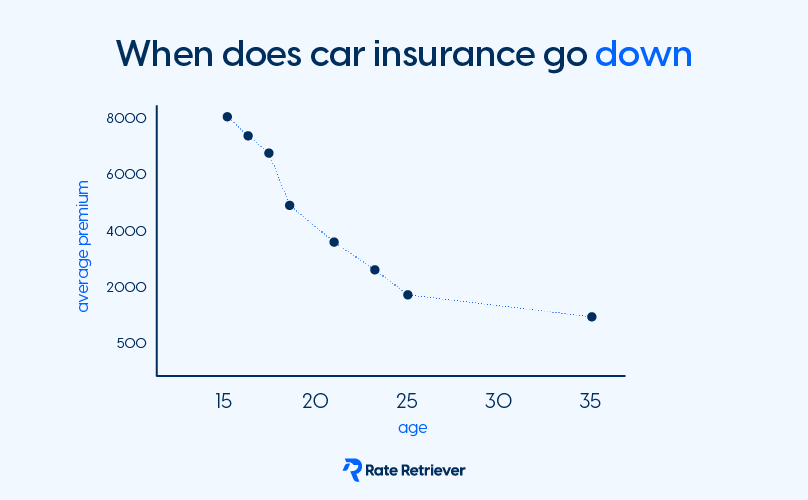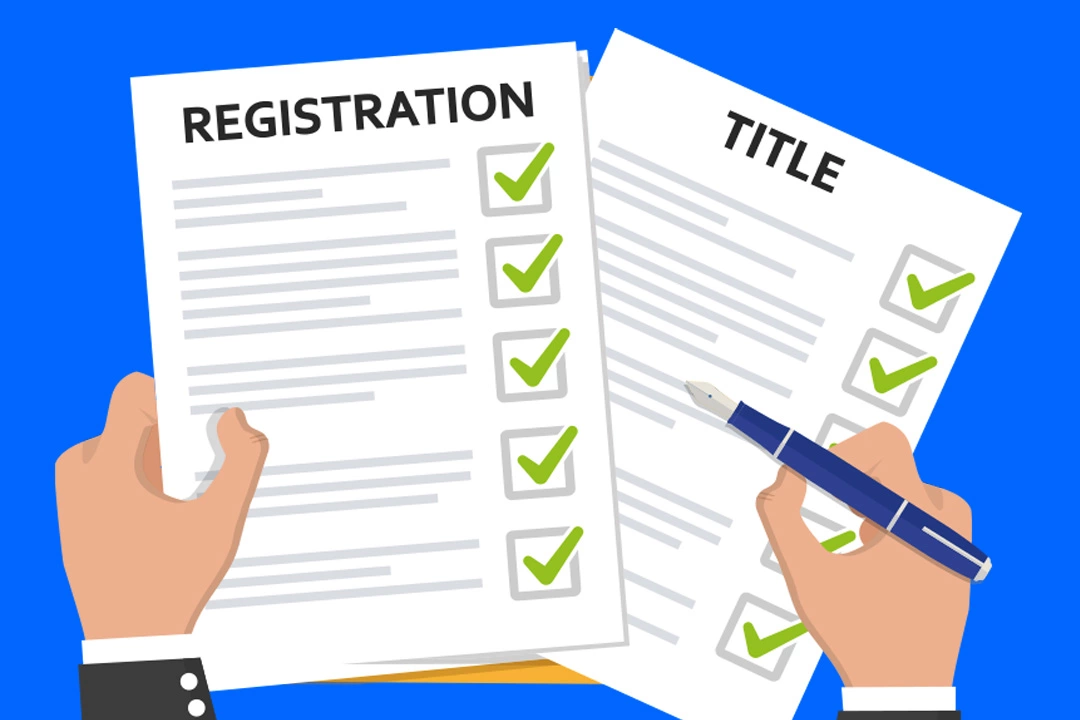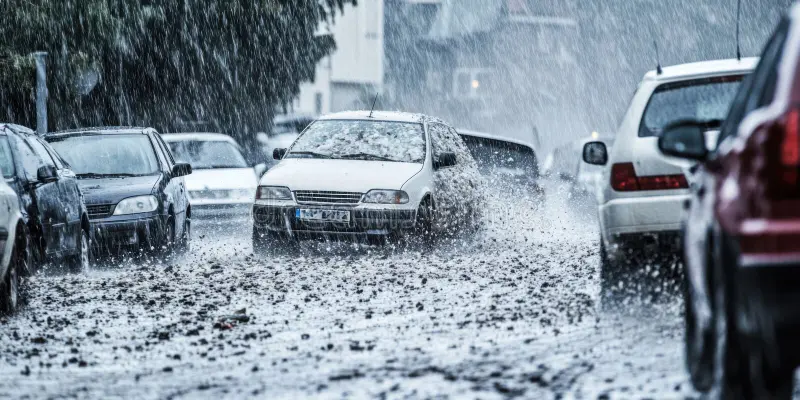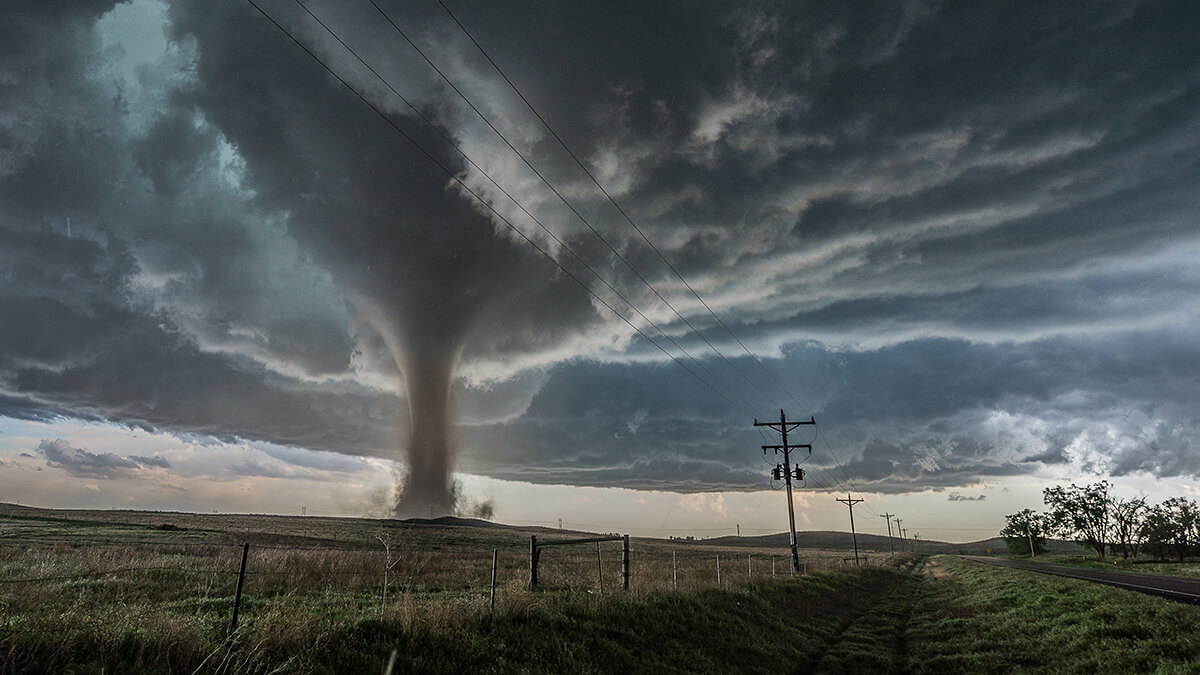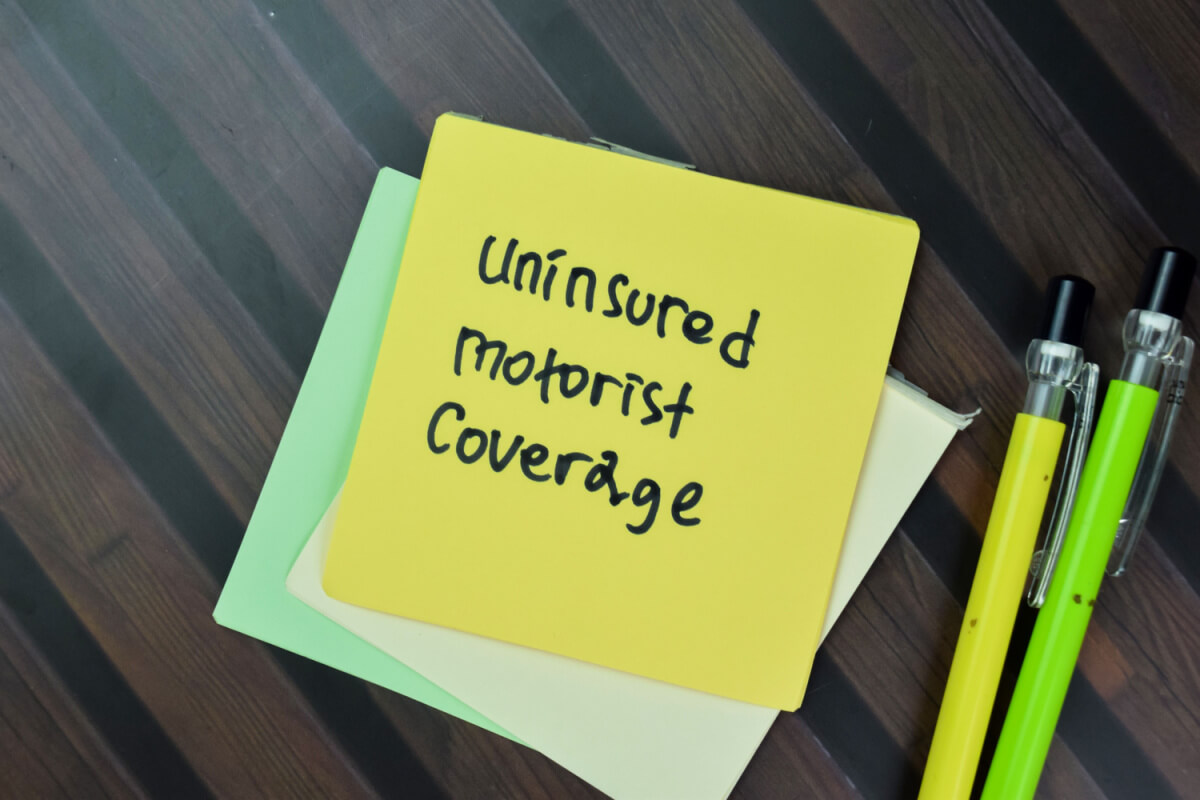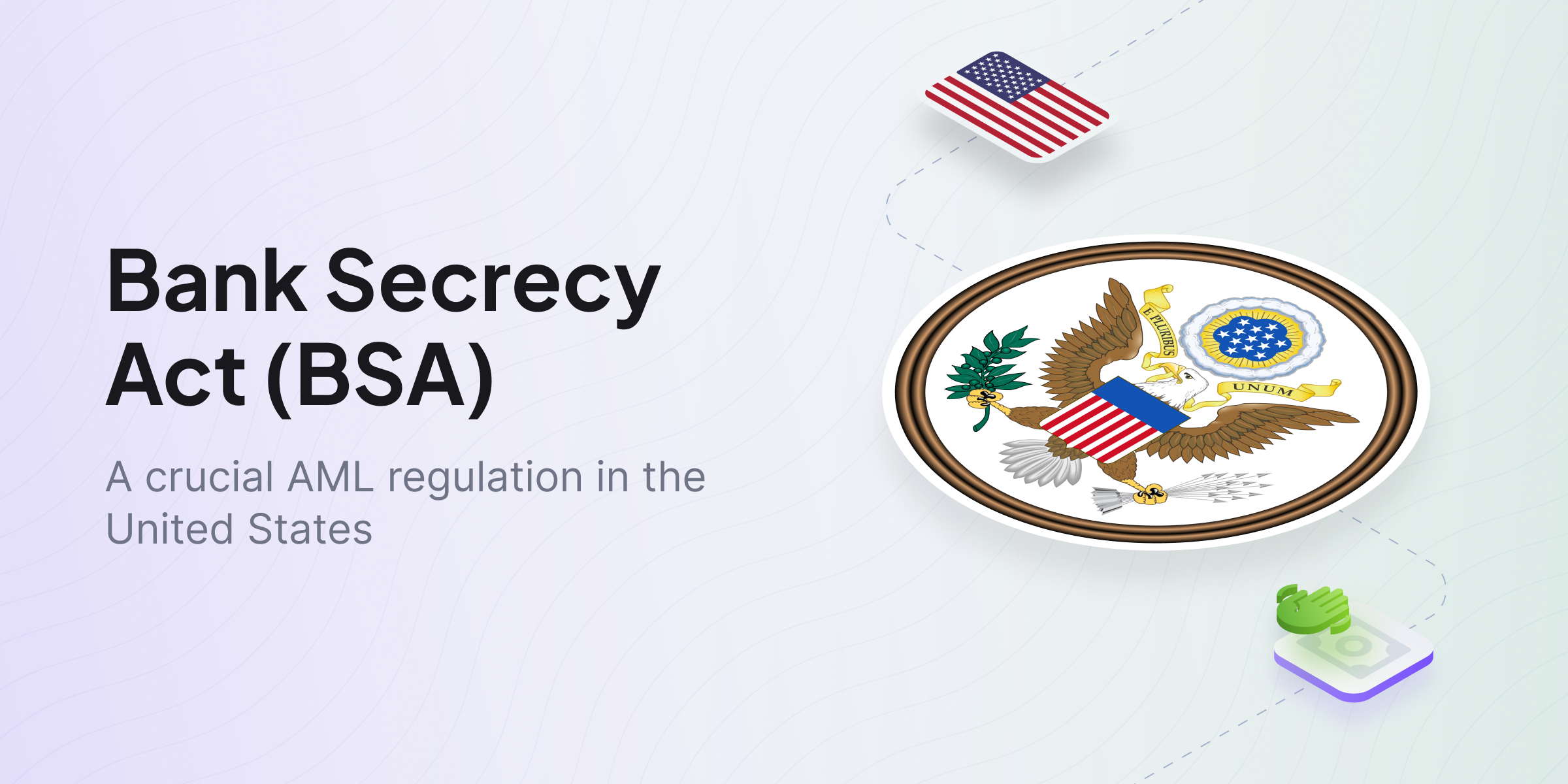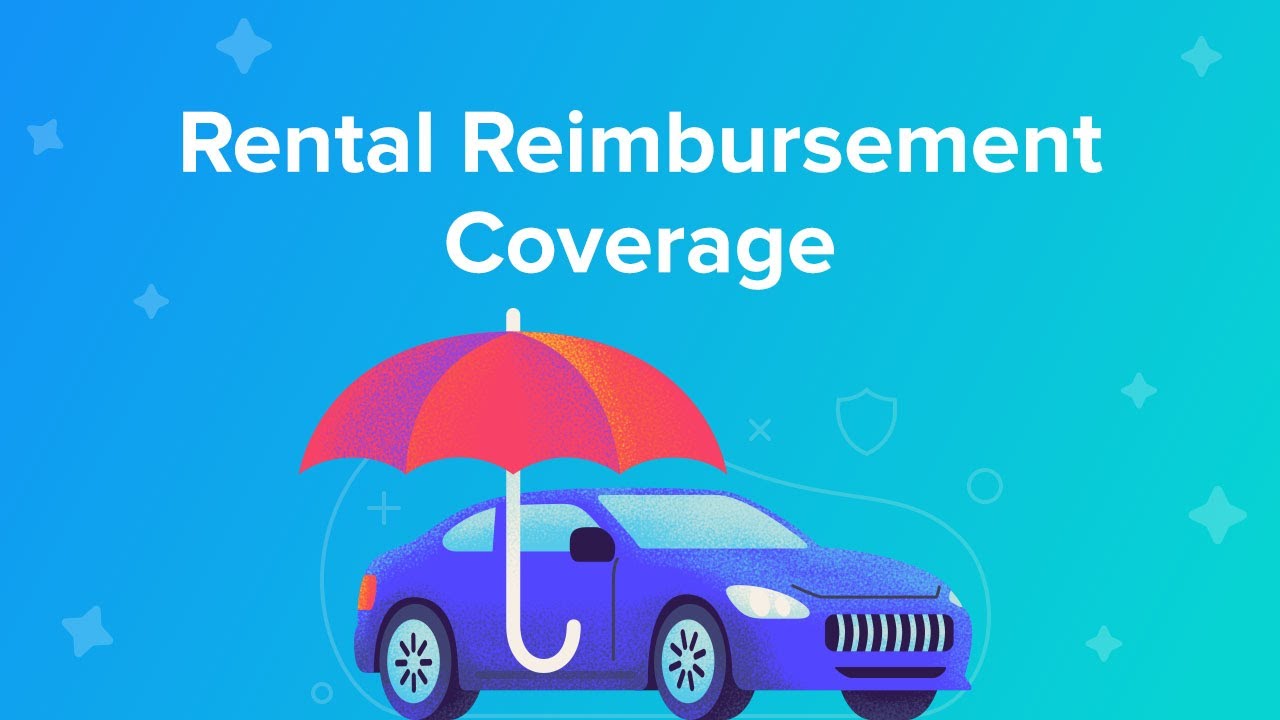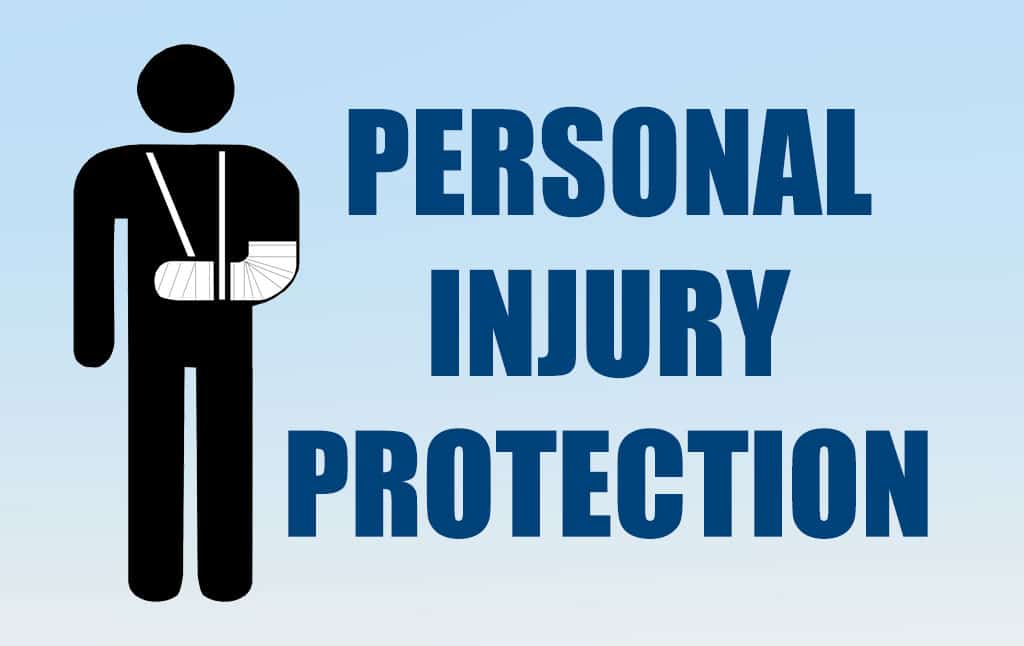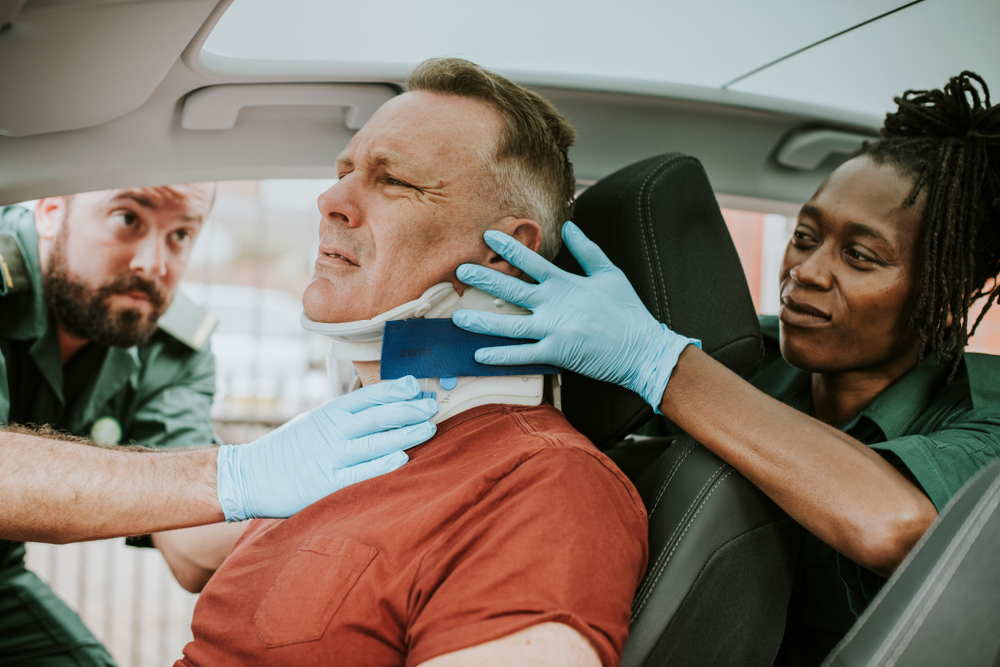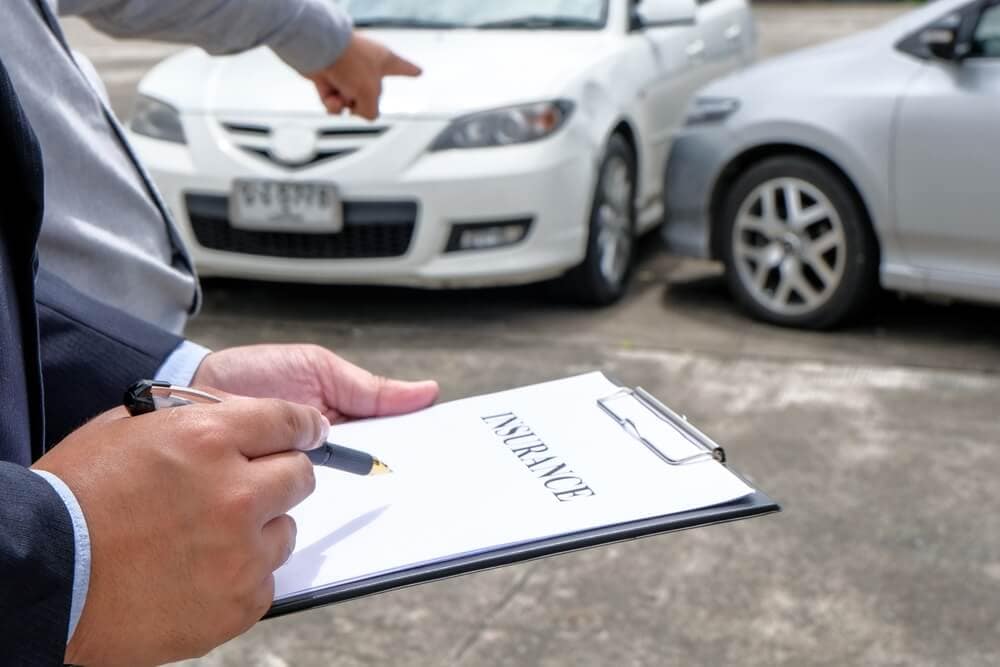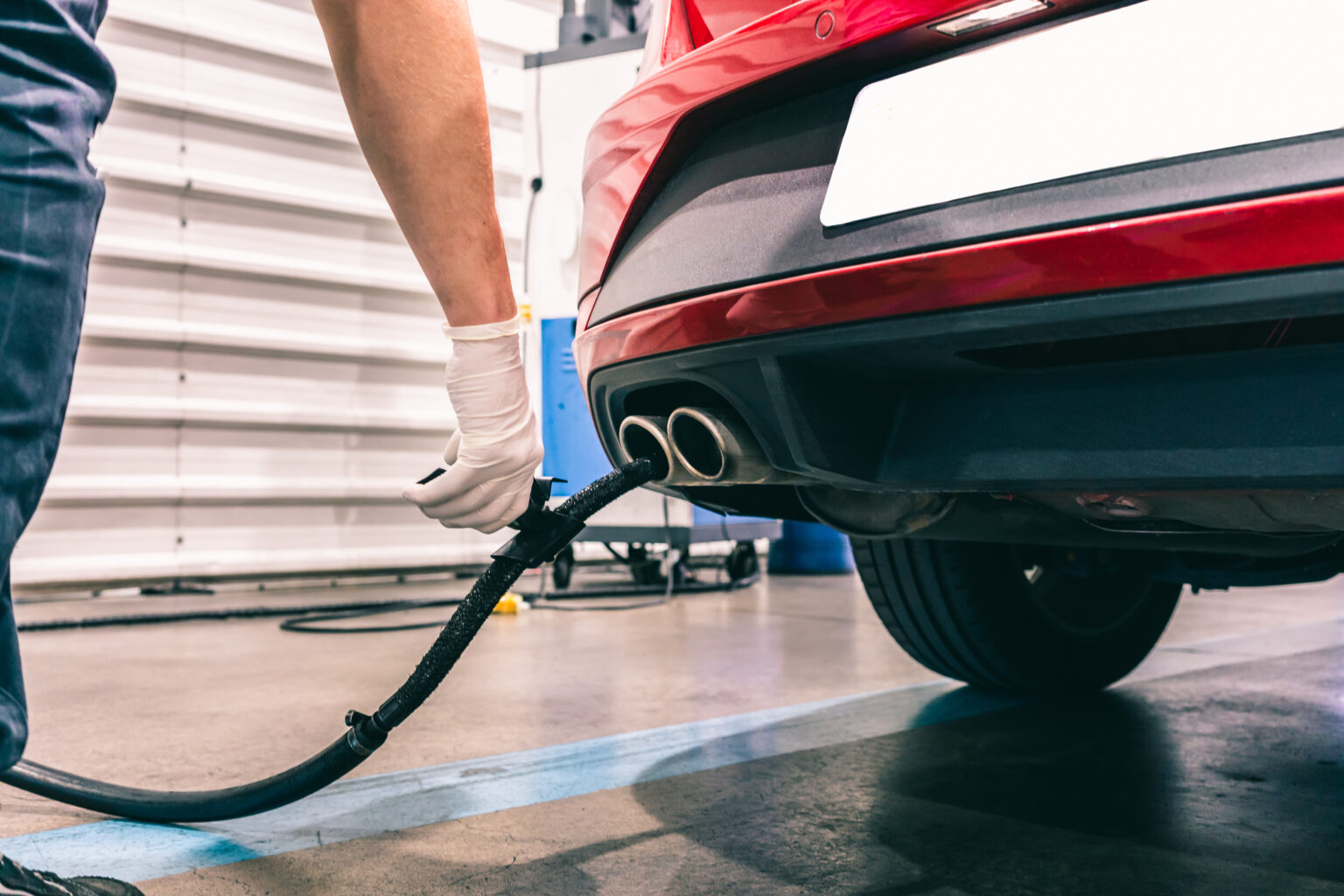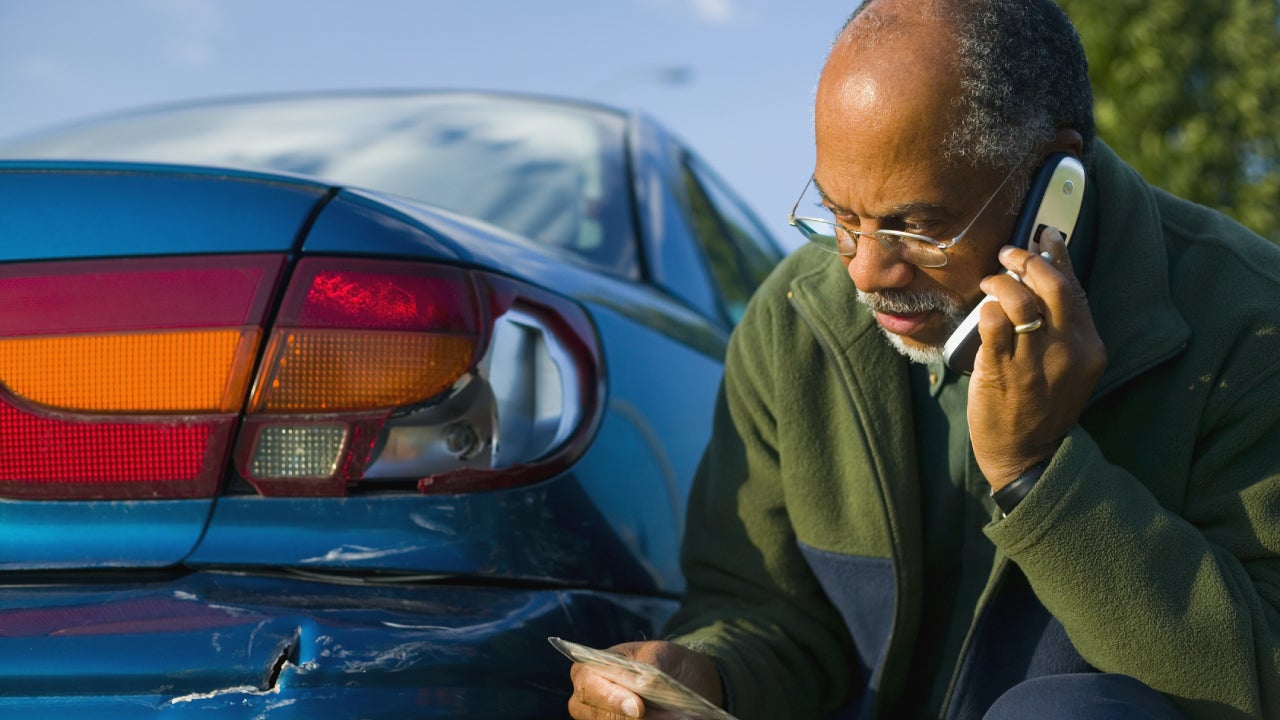Floods can strike anywhere and often without warning. According to FEMA, flash floods are the leading cause of storm-related deaths in the U.S. The most alarming fact? Nearly half of all flood-related fatalities occur when people try to drive through floodwaters rather than avoid them.
That’s why emergency experts repeat the life-saving phrase: “Turn Around, Don’t Drown®.”
But what if you’re caught in a flash flood and turning around isn’t an option? Let’s walk through what you need to know to stay safe.
Key Takeaways
- If possible, avoid driving into floodwaters altogether.
- Even just 12 inches of moving water can sweep your car off the road.
- If you absolutely must drive through water, do it slowly, avoid hazards, and know when to abandon your vehicle.
How to Drive Safely During a Flash Flood
Flooding can happen in minutes. One second you’re driving on a clear road, and the next, you’re staring at water rising across your path. If you ever find yourself in this situation, here’s what to do:
1. Respect Barricades
If you see a road closed sign or barricades, don’t ignore them. They’re there because the road is unsafe, even if it doesn’t look that bad from where you are.
Learn more from the National Weather Service’s flood safety tips.
2. Never Drive Through Standing Water
This is the golden rule. Even shallow water can be dangerous:
- 12 inches of moving water can carry away most cars.
- Flooded roads may be washed out underneath, making them impossible to see.
- Your engine could stall, and restarting it might cause irreversible damage.
If you encounter water on the road, the safest option is to find another route.
3. If You Must Drive Through Deep Water…
Sometimes there’s no safe detour. If you absolutely must cross water, use extreme caution:
- Gauge the depth as best you can. If it looks deeper than your wheel rims, avoid it.
- Go slow and steady. Speeding through water can cause your car to lose control.
- Avoid downed power lines — they can electrify the water.
- Stay alert for floating debris. Objects traveling downstream can trap or crush vehicles.
- Keep your phone handy, but only for emergencies. If your car stalls and you can’t get out, call 911.
- If water keeps rising around you, abandon the vehicle immediately and get to higher ground.
Need more guidance? The American Red Cross flood safety guide is a must-read.
After Driving Through Floodwaters
If you make it through safely, don’t relax just yet. Here are a few important steps:
- Test your brakes. Lightly press them on a clear patch of road to make sure they’re working.
- Dry your brakes. Gently press the brake pedal with your left foot while keeping speed — this helps clear water.
- Get your car checked. A mechanic can inspect for hidden damage caused by water exposure.
Protect Your Vehicle from Flood Damage
Even the most cautious driver can get caught in bad weather. That’s where auto insurance comes in.
- Learn about FEMA’s flood coverage basics.
- If you own a car, comprehensive auto insurance may cover flood-related damage like water in the engine or electrical system.
If you don’t already have it, talk to your insurance provider to make sure you’re protected.
Final Thoughts
Flash floods are unpredictable and dangerous — but being prepared could save your life. Remember: if you see floodwaters, the safest option is always to Turn Around, Don’t Drown®. And if you’re ever forced to drive through water, do it slowly, stay aware, and know when to walk away.
Stay safe, stay prepared, and protect both yourself and your vehicle




